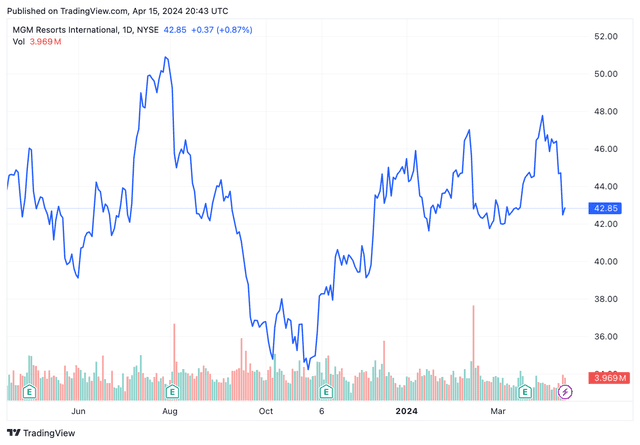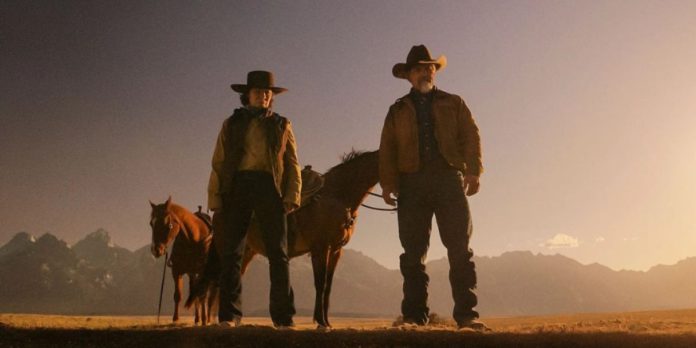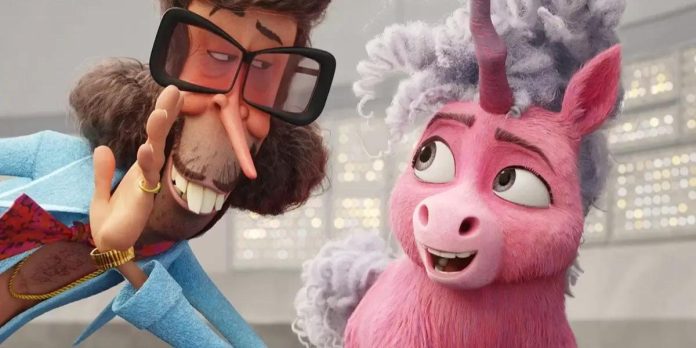 The Complete Account of Animals in Space
The Complete Account of Animals in Space
When we think of space exploration, we often focus on the remarkable achievements and discoveries made by human astronauts. However, it is important to recognize the role that animals have played in paving the way for human space travel. From fruit flies to turtles, cats to monkeys, a wide variety of animals have ventured beyond our planet to help scientists understand the effects of spaceflight on living organisms. In this article, we will take a comprehensive look at the history of animals in space and their contributions to our understanding of space travel.
The main purpose of sending animals into space was to study the impact of spaceflight on living organisms. Scientists knew that eventual manned missions would be inevitable, so they needed to understand the risks and challenges that astronauts might face beyond Earth’s atmosphere. Animals were chosen as test subjects because they had prior aviation experience and could help researchers gather valuable data on various aspects of space travel.
The first animals to venture into space were fruit flies. Launched on a captured German V-2 ballistic missile in 1947, these insects reached an altitude of 108 km and returned safely to Earth. Fruit flies were chosen for their compact size and genetic similarity to humans, making them ideal subjects for testing and research.
While fruit flies were able to survive and return from space, flying insects faced unique challenges in a microgravity environment. Houseflies, for example, were mainly limited to walking on the walls in outer space. Their flight was brief and controlled, lasting only a few seconds. However, upon returning to Earth, the flies’ motor activity increased significantly.
The first mammal to venture into space was an American rhesus macaque named Albert I. Unfortunately, the rocket did not reach the necessary altitude, and Albert died during the descent. It wasn’t until a year later that Albert II became the first monkey to cross the Kármán line, reaching an altitude of 133 km. Although the parachute broke during the descent, Albert II’s mission provided valuable telemetry data on the behavior of animals in space.
The United States continued to send monkeys into space, with notable missions involving chimpanzees Ham and Enos. Ham made the first suborbital piloted flight in 1961 and performed a manipulation task similar to what human astronauts would later do. Enos successfully orbited the Earth’s orbit twice and returned safely.
While the mortality rate for animals in space was initially high, NASA took over animal experiments in 1959, leading to improved flight performance. However, tragedies still occurred, such as the death of Bonnie, a male pig-tailed macaque, during a mission in 1969. The public outcry following Bonnie’s death led the U.S. Congress to ban the use of monkeys in spaceflight experiments.
Other countries, including France, Argentina, Iran, and the Soviet Union/Russia, also sent animals into space. Altogether, 32 monkeys went on spaceflights, with 14 dying during or shortly after the missions. After 1996, no experiments with primates were carried out.
Soviet dogs played a significant role in early space exploration. The first dogs to go into space were mongrels Dezik and Tsygan in 1951. They survived a suborbital flight and paved the way for future animal experiments. However, it was Laika who became the first animal to orbit the Earth in 1957. Tragically, Laika did not survive the mission due to the lack of technology to return spacecraft from orbit at that time. The Soviet Union faced international criticism for the treatment of animals in space, but they redeemed themselves with the successful flights of Belka and Strelka in 1960.
Cats also made their mark in space with Félicette becoming the first and only cat astronaut. Launched by France in 1963, Félicette returned alive and unharmed. However, the French euthanized her two months later for an autopsy that did not yield any significant findings.
Other animals that have ventured into space include rabbits, guinea pigs, rats, mice, frogs, newts, spiders, fish, quails, and even cockroaches. Each species provided valuable insights into the effects of radiation, microgravity, and stress on living organisms.
The impact of space on animals has been a subject of extensive research. Scientists have found that cosmic radiation, microgravity, and stress can all have significant effects on animal physiology and behavior. These findings are crucial for ensuring the safety and well-being of human astronauts during long-term space missions.
Currently, animals continue to live on the International Space Station (ISS) for various experiments. Spiders, cockroaches, mice, fish, ants, water bears, and other species are periodically delivered to the ISS to further our understanding of biology, medicine, astronomy, and ecology in space.
In conclusion, animals have played an integral role in the history of space exploration. From fruit flies to turtles, cats to monkeys, a diverse range of animals have helped scientists gather essential data on the effects of spaceflight on living organisms. Their contributions have paved the way for human space travel and ensured the safety of astronauts. As we continue to explore the mysteries of space, let us not forget the unremarkable heroes who have ventured beyond our planet’s boundaries.





